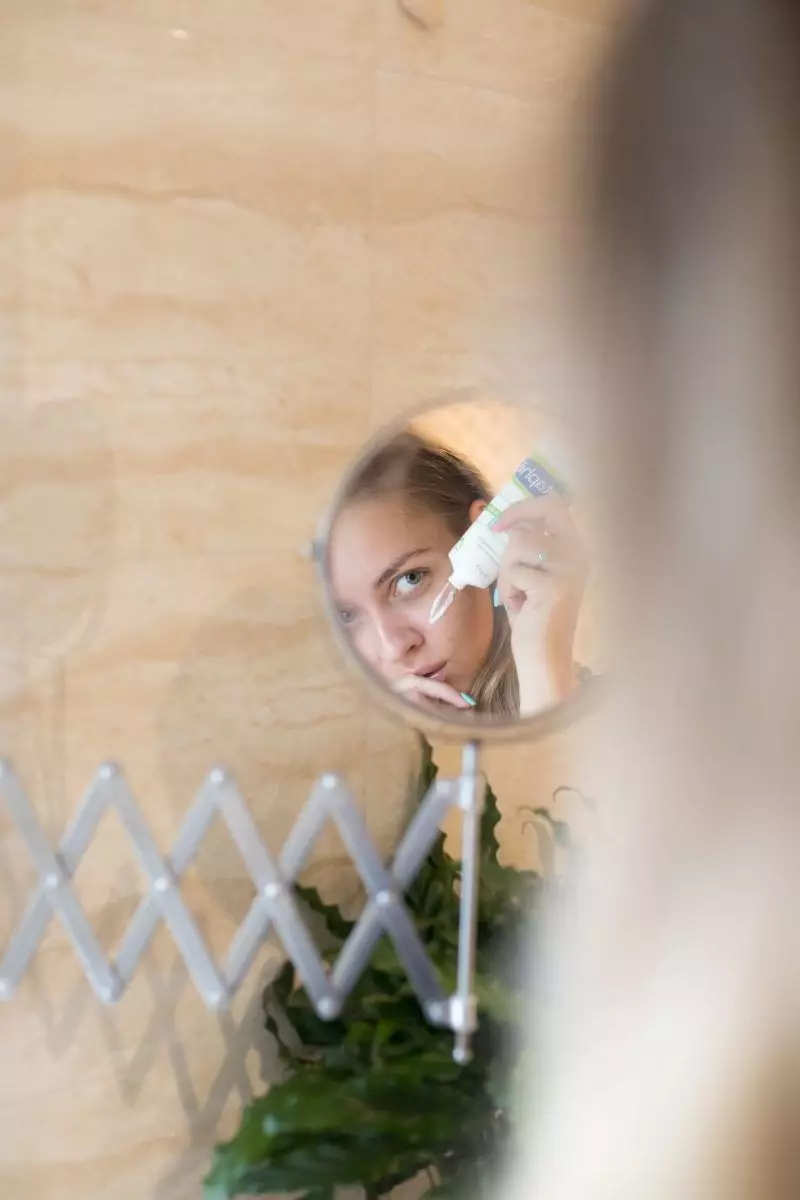
In this article, we look into the uses, benefits, and risks of niacinamide, salicylic acid, and the combination of these two cosmetic ingredients.
What is Niacinamide and How Does It Work?
Niacinamide, commonly known as nicotinamide, is a form of vitamin B-3, which is an important nutrient. Topical niacinamide may be beneficial in the treatment of some skin disorders such as acne and eczema. Niacinamide can be synthesized in the body from niacin (Vitamin B3).
Some benefits of Niacinamide are:
- Aids in the formation of keratin, a kind of protein that makes your skin barrier strong, supple, and healthy.
- Helps your skin produce ceramides which strengthen your skin’s (lipid) barrier, aiding in moisture retention and reducing transepidermal water loss.
- Has anti-inflammatory properties. This way, it may reduce redness caused by eczema, acne, and other inflammatory skin diseases.
- May reduce the appearance of pores and maintain the skin’s suppleness and hydration.
- Can help control the amount of sebum/oil produced by the sebaceous glands, preventing them from going into overdrive.
- Aids in the formation of skin cells while also shielding them from environmental stressors (also known as free radicals) such as sunlight, pollution, and unhealthy lifestyle.
- Could be beneficial for management of severe acne: particularly inflammatory acne symptoms such as papules and pustules.

When applied topically daily, niacinamide may improve the general health of your skin. It can help reduce inflammation and hyperpigmentation, as well as smoothen and brighten the skin tone.
What is Salicylic Acid and How Does It Work?
As a beta hydroxy acid, Salicylic acid is well known for its ability to exfoliate skin, reducing acne, and keeping your pores clean and healthy. It is most effective for comedonal acne: blackheads and whiteheads. It may also aid in the prevention of subsequent breakouts.
Salicylic acid treats acne by breaking down the bonds between dead skin cells, sebum, and bacteria. Salicylic acid may also reduce the amount of sebum produced by your skin, resulting in fewer skin imperfections.

Some benefits of salicylic acid are:
- It is oil-soluble, which means it exfoliates the pore lining and reduces oil accumulation.
- Penetrate deep in your pores, beneath excess oil and dead skin cells.
- It is a peeling agent that exfoliates dead skin cells while also speeding up skin cell regeneration and natural exfoliation process of the skin (also known as cell turnover).
- Topical treatment for psoriasis inflammation.
- Safe to use daily, especially if you’re trying to clear up existing acne. If you have acne-prone skin, you may want to continue using salicylic acid even after your acne has cleared up. Using salicylic acid regularly will keep your pores clean and prevent future breakouts.
Is It Safe to Use Niacinamide and Salicylic Acid Together?
Combining niacinamide and salicylic acid can be good for people who suffer from breakouts. Salicylic acid eliminates and prevents future congestion while also balancing oil production, whilst niacinamide heals breakout damage and strengthens the protective skin barrier to prevent future damage.
It is important to use exfoliating substances (like BHAs, AHAs, and retinoids) in adequate amounts and gradually increase their concentration, so your skin can get used to them without causing any severe adverse reaction.

How to Use Both of them in Your Skincare Routine?
Applying niacinamide before salicylic acid may not only lessen the chance of irritation but could also help the BHA seep into the lower layers of the skin faster due to the humectant qualities of the niacinamide.
- Applying a chemical exfoliant product with medium/high concentration of salicylic acid can slough away dead skin cells while also aiding in the removal of excess sebum and pollutants from the pores.
- Follow this with a niacinamide-rich serum, which locks in the moisture in the skin, leaving it highly moisturized.
This will not overburden the skin because both chemicals act on distinct parts of the face, and it is an effective approach to use both niacinamide and salicylic acid after your skin has developed a tolerance to the BHA.

Takeaway
While salicylic acid does not moisturize the skin, niacinamide does. And while salicylic acid can help a moisturizer function better, it cannot hydrate on its own. Despite this, both substances can be used together in a skincare routine because they complement each other nicely. Both of these, as well as other nutrients such as Ascorbic Acid (Vitamin C), are essential for achieving a radiant and even skin tone.








